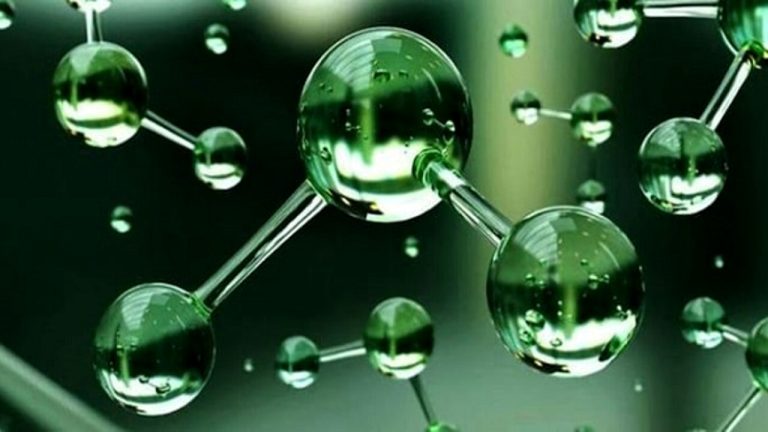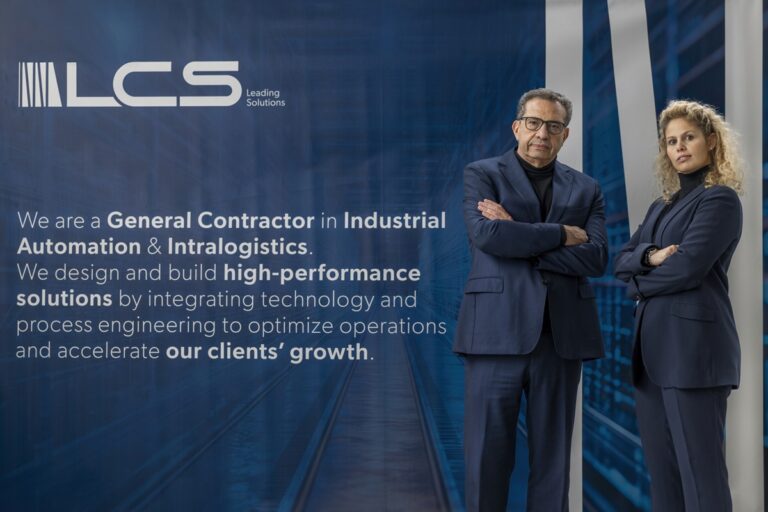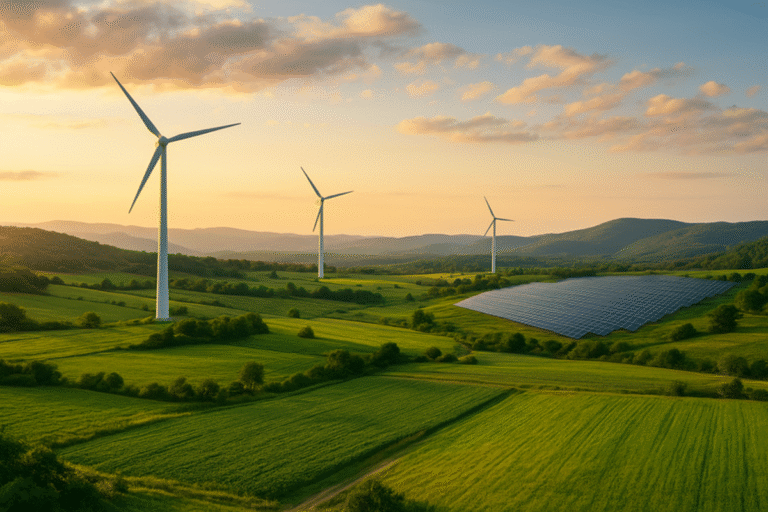Myriad new tax credits make the USA one of the world’s most promising markets for electrolyser and green hydrogen-fuelling technology – and set the country on course to reduce CO2 emissions by 40% compared to 2005 levels.
America has gone from being a climate no-hoper to a green-transition leader in a matter of weeks with the entering into law of the Inflation Reduction Act (IRA). The instrument provides nearly $370bn in climate funding.
$27bn of this will fund a new climate bank, with McKinsey estimating that every dollar to come out of the lender will unleash a further $7-10 of private-sector investment. In the words of Senator Ed Markey, this money is the “half loaf” that will “give us the sustenance we need to get the whole loaf”, which is net-zero emissions by 2050.
“There is great excitement all around. We’ve been waiting for the dam to break on hydrogen for some time. Now we can say to clients that green hydrogen is the way to go not just because it’s the right thing to do, but also because it’s the most economic thing to do,” says Kathy Ayers, VP Research and Development at Nel.
The IRA tax credits will make it cheaper for low and middle-income Americans in particular to get their hands on clean technology such as heat pumps, zero-emissions vehicles, and solar panels. Incentives will also prioritise communities where fossil fuels are the main source of income, and create jobs predominantly in unionised industries.
It is this focus on disadvantaged communities that really has the potential to win over those Americans who are not yet convinced of the need for urgent action on climate change.
The effect of the IRA will be a dramatic lowering of the costs of renewable power and related infrastructure. Contrast this with the fossil-fuel industry, where prices have remained the same for the past 140 years if you adjust for inflation.
When it comes to clean-hydrogen industry, the instruments to note are:
- 10-year production tax credit, worth up to $3 per kg of green hydrogen, available even if the electricity used to generate the hydrogen comes from renewable-energy sources claiming existing renewable-energy tax credits.
- Investment tax credit for energy-storage technology including hydrogen, with a headline rate of 6% of qualifying costs. If certain other requirements are satisfied, such as apprenticeship and wage agreements, that figure can rise to 30%.
- Clean-vehicle credits for both electric and hydrogen-fuel-cell vehicles, with a new tax credit for commercial vehicles. Hydrogen-powered trucks already benefit from a lower total cost of ownership compared to battery-electric vehicles, with lower weight implying less wear and tear, and faster refuelling times.
- Refuelling property for alternative fuels tax credit, worth up to 30% of the property’s cost with a cap of $100,000 per unit. This provision is bound to expand the hydrogen fuelling-station network.
“The production tax credit in particular effectively bridges the cost gap between fossil-based hydrogen and green hydrogen in America. This is particularly the case in key parts of the US with growing renewable-power availability such as California, where Nel already has a significant presence,” Ayers says.
Other parts of America are also looking for opportunities to capitalise on the tax credits that the IRA makes available including Texas, where there is much wind power; the Pacific North West region with its abundant hydropower; and the nuclear-power heartlands of Ohio, Indiana and Illinois.
The enactment of America’s biggest piece of climate legislation to date follows significant progress in the North American market for Nel, with the company’s biggest electrolyser order to date announced in July this year. The 200MW stack, worth €45m ($46m) and potentially twice that amount with additional hardware, will go live in 2024.












